News archive for 2017

Thu, 09/28/2017 | UW News
Lisa M. Zurk named executive director of UW Applied Physics LaboratoryLisa Zurk will be the next executive director of the Applied Physics Laboratory at the University of Washington (APL-UW), Vice Provost for Research Mary Lidstrom announced this week. She will be the first woman to hold the position of executive director of APL-UW. Zurk comes to the UW from the Defense Advanced Research Projects Agency (DARPA), where she directed allocation of the nation’s research investments. As a program manager in the agency’s Strategic Technology Office, her area of interest was physics-based processing techniques applied to advanced sensor system concepts.

Mon, 09/25/2017 | UW News
UW to host $15.6M NSF-funded center for innovation, education in materials scienceThe new Molecular Engineering Materials Center's goal is to empower the next generation of science and engineering leaders. This will involve engaging and supporting students and postdoctoral researchers — and giving them the research and educational experiences, training and cross-disciplinary mentorship that they will need to forge careers on the cutting edge of materials science. The Molecular Engineering Materials Center is funded by a $15.6 million, six-year grant from the National Science Foundation as part of its highly competitive Materials Research Science and Engineering Center (MRSEC) program.
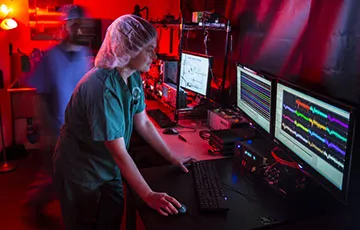
Mon, 09/18/2017 | College of Engineering
Investing in innovation: UW advances the future of neural engineeringThe intersection of engineering and neuroscience promises great advances in health care. The UW is establishing itself as a global leader in the field.
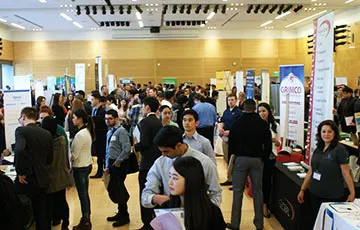
Mon, 09/18/2017 | College of Engineering
Career connectivity: The Career Center @ Engineering links future engineers and employersThe Career Center @ Engineering (CC@E) connects engineering students and employers, assisting students with career exploration and becoming a 1-stop shop for recruiters.
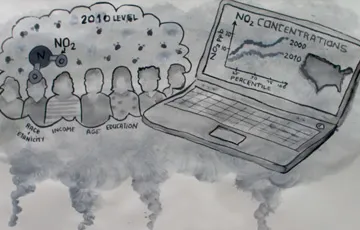
Thu, 09/14/2017 | UW Today
People of color exposed to more pollution from cars, trucks, power plants during 10-year periodA new study finds that the U.S. made little progress from 2000 to 2010 in reducing relative disparities between people of color and whites in exposure to harmful air pollution. It found disparities in NO2 exposure were larger by race and ethnicity than by income, age or education, and that relative inequality persisted across the decade.
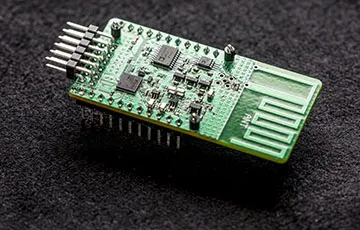
Wed, 09/13/2017 | UW News
UW team shatters long-range communication barrier for devices that consume almost no powerIn the long-range backscatter system developed by UW researchers, this sensor allows devices that run on extremely low power for the first time to communicate over long distances.

Wed, 09/06/2017 | UW Today
PupilScreen aims to allow parents, coaches, medics to detect concussion, brain injuries with a smartphoneResearchers are developing a smartphone app that is capable of objectively detecting concussion and other traumatic brain injuries in the field, which could provide a new level of screening for athletes and accident victims. PupilScreen can detect changes in a pupil’s response to light, using a smartphone’s video camera and artificial intelligence, with accuracy almost as high as a pupilometer, an expensive and rarely used machine found only in hospitals.
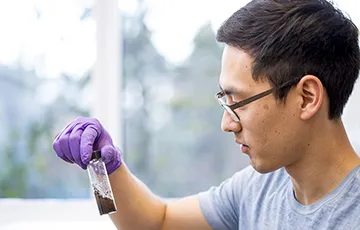
Tue, 08/29/2017 | Civil & Environmental Engineering
New bachelor’s program in environmental engineeringA new bachelor's program in environmental engineering launches this fall. The program was added due to student interest in the field and increasing demand for environmental engineers.
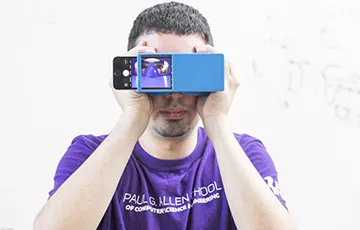
Mon, 08/28/2017 | UW News
New app uses smartphone selfies to screen for pancreatic cancerBiliScreen is a new smartphone app that can screen for pancreatic cancer by having users snap a selfie and detecting signs of jaundice in a person’s eye.
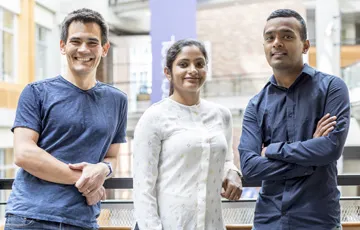
Wed, 08/16/2017 | UW Today
Computer scientists use music to covertly track body movements, activityResearchers in the Paul G. Allen School of Computer Science & Engineering have demonstrated how it is possible to transform a smart device into a surveillance tool that can collect information about the body position and movements of the user, as well as other people in the device’s immediate vicinity. Their approach involves remotely hijacking smart devices to play music embedded with repeating pulses that track a person’s position, body movements, and activities both in the vicinity of the device as well as through walls.
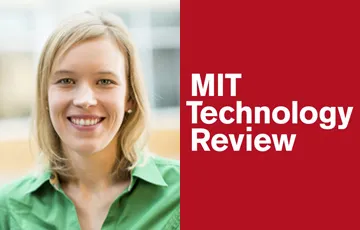
Wed, 08/16/2017 | UW Today
UW professor Franziska Roesner named one of world’s top innovators under 35MIT Technology Review has named computer science & engineering assistant professor Franziska Roesner one of 35 “Innovators Under 35” for 2017. Roesner’s research focuses on privacy and security in emerging technologies, and she is co-director of the department’s Security and Privacy Laboratory.

Wed, 08/16/2017 | College of Engineering
Undaunted passion: Making STEM education accessibleHCDE major Tsewone Melaku is aligning her interests in engineering with her passion to make STEM education accessible to underrepresented high school students.
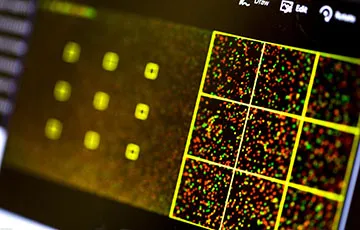
Thu, 08/10/2017 | UW Today
DNA sequencing tools lack robust protections against cybersecurity risksUW researchers have demonstrated for the first time that it is possible to remotely compromise a computer using information stored in DNA.

Wed, 07/26/2017 | Department of Mechanical Engineering
AMPing up underwater environmental monitoringUW researchers are developing devices to answer some of the trickiest questions about marine energy’s environmental effects. Working as part of the Northwest National Marine Renewable Energy Center, researchers have developed a detection system that captures important data about interactions between marine life and marine energy converters — but only when marine life is present. This detection system drastically reduces the extreme amount of low-value data that researchers would otherwise need to store and inspect.

Wed, 07/19/2017 | College of Engineering
Building a better batteryImagine revolutionizing the renewable energy market with the silica gel packets you find in shoeboxes and snack bags. The research team behind Membrion is working to do just that. Developed by chemical engineering researchers Greg Newbloom (PhD ’14) and Weyerhaeuser Endowed Associate Professor Lilo Pozzo, the Membrion technology seeks to innovate battery storage with a lower cost, improved battery membrane that uses silica gel. And, the team says, they couldn’t be doing it without the support of partners on and off campus committed to advancing alternative energy research, innovation and commercialization.
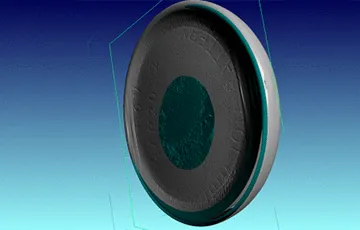
Mon, 07/17/2017 | UW Today
UW MSE team develops fast, cheap method to make supercapacitor electrodes for electric cars, high-powered lasers
Peter Pauzauskie, an assistant professor in MSE, leads a research team that has developed a fast, inexpensive method to make electrodes for supercapacitors, with applications in electric cars, wireless telecommunications and high-powered lasers. The team published a paper in the journal Nature Microsystems and Nanoengineering describing their supercapacitor electrode and their novel production method that starts with carbon-rich materials dried into a low-density matrix, or aerogel. This aerogel on its own can act as a crude electrode, but Pauzauskie’s team more than doubled its capacitance.

Mon, 07/17/2017 | UW Today
Material from shellfish delivers a boost to bioassays and medical testsUW scientists have discovered a simple way to raise the accuracy of diagnostic tests for medicine and common assays for laboratory research. By adding polydopamine — a material that was first isolated from shellfish — to these tests at a key step, the team could increase the sensitivity of these common bioassays by as many as 100 to 1,000 times.
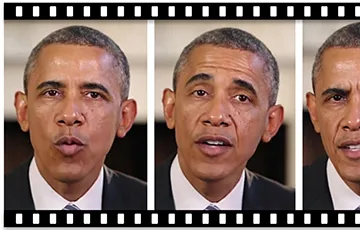
Tue, 07/11/2017 | UW Today
Lip-syncing Obama: New tools turn audio clips into realistic videoUniversity of Washington researchers have developed new algorithms that solve a thorny challenge in the field of computer vision: turning audio clips into a realistic, lip-synced video of the person speaking those words.
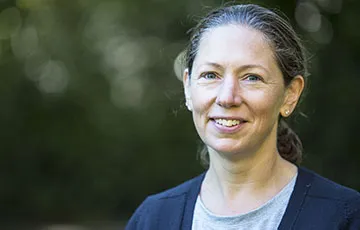
Thu, 07/06/2017
Laura Lowes Appointed New CEE Department ChairUW CEE welcomes Laura Lowes, the William M. and Marilyn M. Conner Professor, as the new department chair. Lowes starts her new position in September.

Wed, 07/05/2017 | UW Today
First battery-free cell phone makes calls by harvesting ambient powerUW engineers have designed the first battery-free cellphone that can send and receive calls using only a few microwatts of power.

Tue, 06/27/2017 | UW Today
Brain signals deliver first targeted treatment for world’s most common movement disorEssential tremor, a movement disorder characterized by involuntary shaking during intentional movement, can be treated by implanting an electrode in the brain for deep brain stimulation (DBS). In the current method for DBS, the implanted electrode is constantly “on” even when a patient doesn’t need it, which wastes battery life. UW researchers at the Center for Sensorimotor Neural Engineering have developed a closed-loop system for DBS that is on only when the patient needs it. This system saves battery life and lengthens the amount of time a patient can go between surgical procedures to replace the battery.
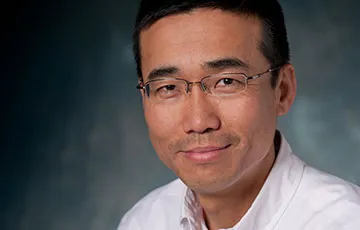
Mon, 06/26/2017
Jihui Yang appointed chair of Materials Science & EngineeringJihui Yang, the Kyocera Professor in MSE, will take on the position of Chair of the Department of Materials Science and Engineering, starting September 1, 2017. Jihui has provided leadership in the department as chair of the undergraduate committee, and brings experience in both academia and industry that will position the department to grow and excel in the coming years.

Mon, 06/26/2017 | Department of Mechanical Engineering
Engineering Innovation in HealthThe Engineering Innovation in Health (EIH) program partners engineering students and faculty with clinicians to develop affordable solutions to pressing health needs.
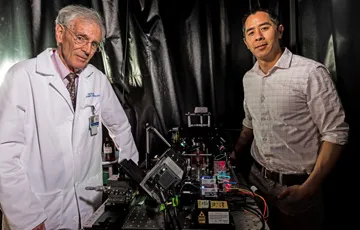
Mon, 06/26/2017 | UW Today
Microscope can scan tumors during surgery and examine cancer biopsies in 3-DA versatile light-sheet microscope, developed by a UW team including ME associate professor Jonathan Liu, can provide surgeons with real-time pathology data to guide cancer-removal surgeries and can also non-destructively examine tumor biopsies in 3-D. The microscope provides surgeons with proof that they have removed all cancerous tissue, preventing the need for further surgeries to remove cancerous cells that were missed during the initial procedure.

Thu, 06/08/2017 | UW Today
Wide-Open accelerates release of scientific data by automatically identifying overdue datasetsWideOpen is a new open-source tool to help advance open science by automatically detecting datasets that are overdue for publication. Its use on the Gene Expression Omnibus (GEO) led to the dramatic drop of overdue datasets, with 400 datasets released within the first week.